What is a mist net?
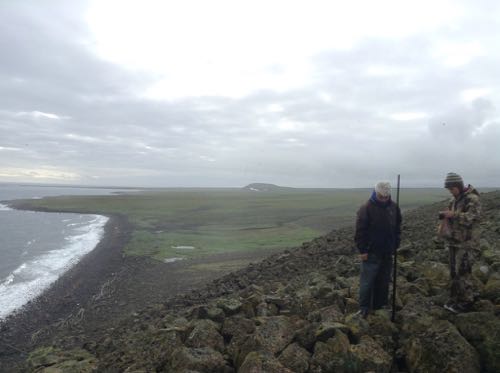
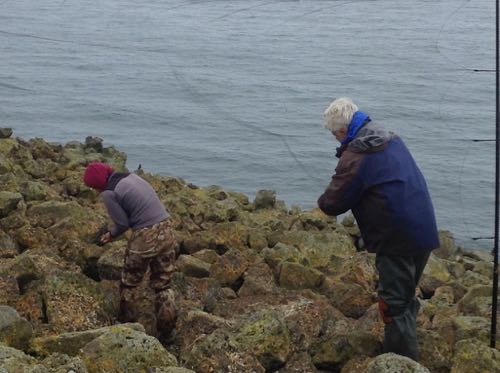

Imagine a fine nylon net suspended between two telescoping poles, and extended across a portion of the auklets' rock colony. The concept is simple. When birds are headed out of or into their nests, or flying around the rocks, they will be snagged in the net which is so fine it's difficult to see. It's set up in the auklet colony so that these are the specific birds captured.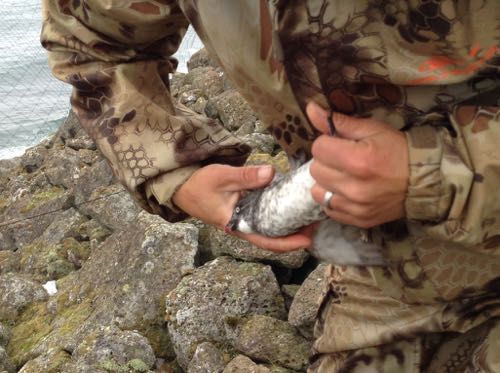
The ultimate goal of mist netting is of course to catch birds, and usually it's for the purpose of banding, checking the bands, or gathering sample sizes for physiological markers (like taking blood and feather samples).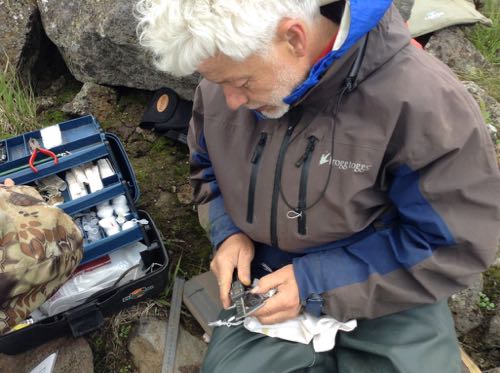

Sounds simple, and in theory it is, but some days are slower than others. We wait for the bird(s) to fly in, which means we're sitting in stealth mode, but constantly watching the net. No lapses in attention, even when it's a slow day. Once a bird flies into the net, they are gently disentangled and measurements or samples are taken if needed. Any band numbers are recorded, and if it's not banded, one is added.
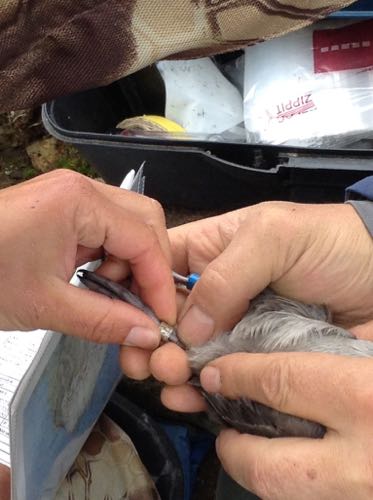
Here's What's Really Cool
Today was different because we were more focused on scooping up the regurge – yes, the puke – into small bags for analysis back at the lab. Bird puke lends quite the window of insight into their foraging habits, since these seabirds tend to have gular pouches full of food for their growing chicks.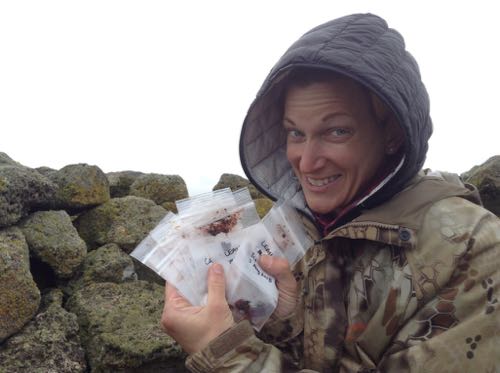
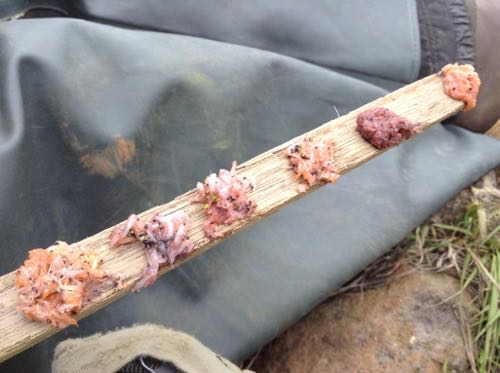
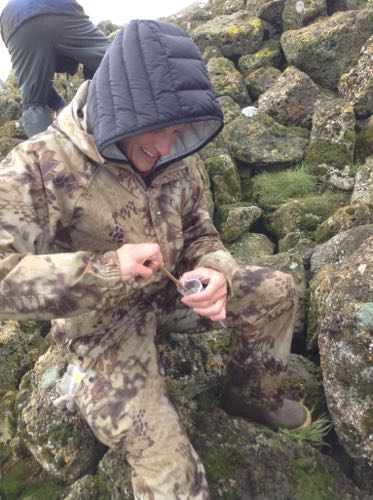
The reason for capture is the same as with the other seabirds the team is studying here. By looking at the prey composition and the diet samples of these seabirds, researchers can create more accurate records of foraging patterns. Through the physiological measures (from blood and feathers), scientists are able to better determine what happens to the birds during the winter, while they are not breeding. This is called non-breeding ecology, and it's important to understand because what they eat determines where they overwinter and vice versa.
Blood and feather samples also help determine how stressed the birds might be, and why, particularly whether impacts stem from nutrition or environmental changes. They can narrow down which areas of the ocean the seabirds have been spending time and feeding in, types of phytoplankton and zooplankton they are feeding on, and how conditions during the wintertime potentially then carry over into their summer. This carryover then provides even more insight into their breeding ecology of the summer. It's all an incredibly painstaking use of tiny details to form a much larger picture.
Much of the puke we find has small euphausiids (krill), but in larval stage, which is smaller than one might normally find at this time of year from crested auklets. I was told that the birds don't necessarily scoop a mouthful of these euphausiids, even though they're so tiny, but instead gather them one by one. That's a lot of energy expenditure, and researchers are trying to determine the timing of both zooplankton and phytoplankton growth, along with the ratio of energy expended versus energy needed for even slight disruptions in foraging patterns.
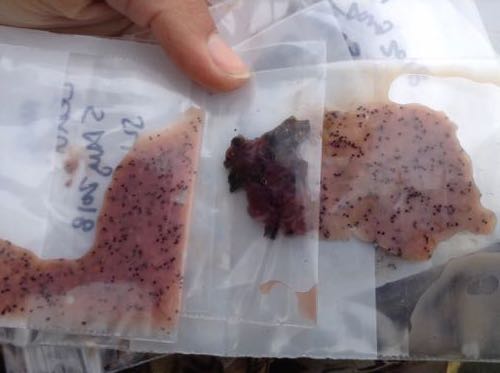
Even though the zooplankton are so small, in the lab, researchers can actually see individual bite marks on some of them when they're sorting the pieces – how incredible is that?
I don't know about you, but puke by any other name is, well, "puke", although now I understand it as a virtual treasure trove of insights into a bird's history as well as it's near future.
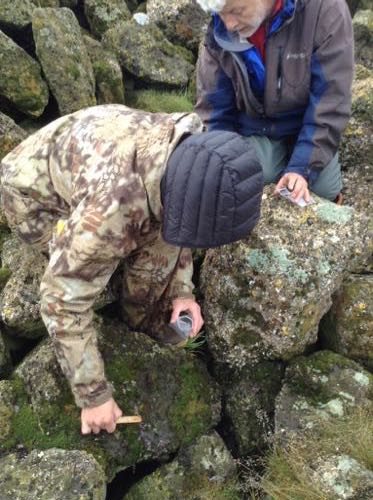
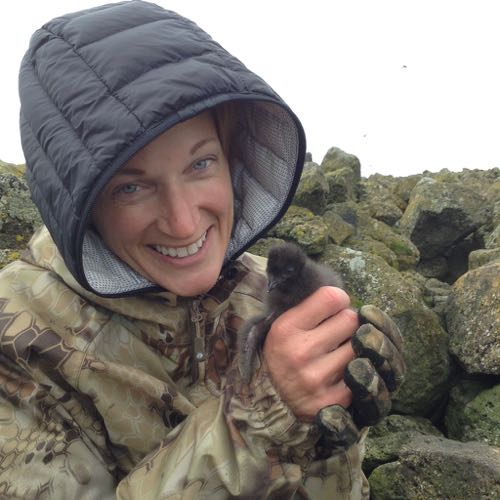
Today's Tweet
Puke Scooping is my new eye-opener. It may take awhile to get rid of the smell from my hands, but I have a whole new respect for the tales it can tell. #STEM #Win


Comments